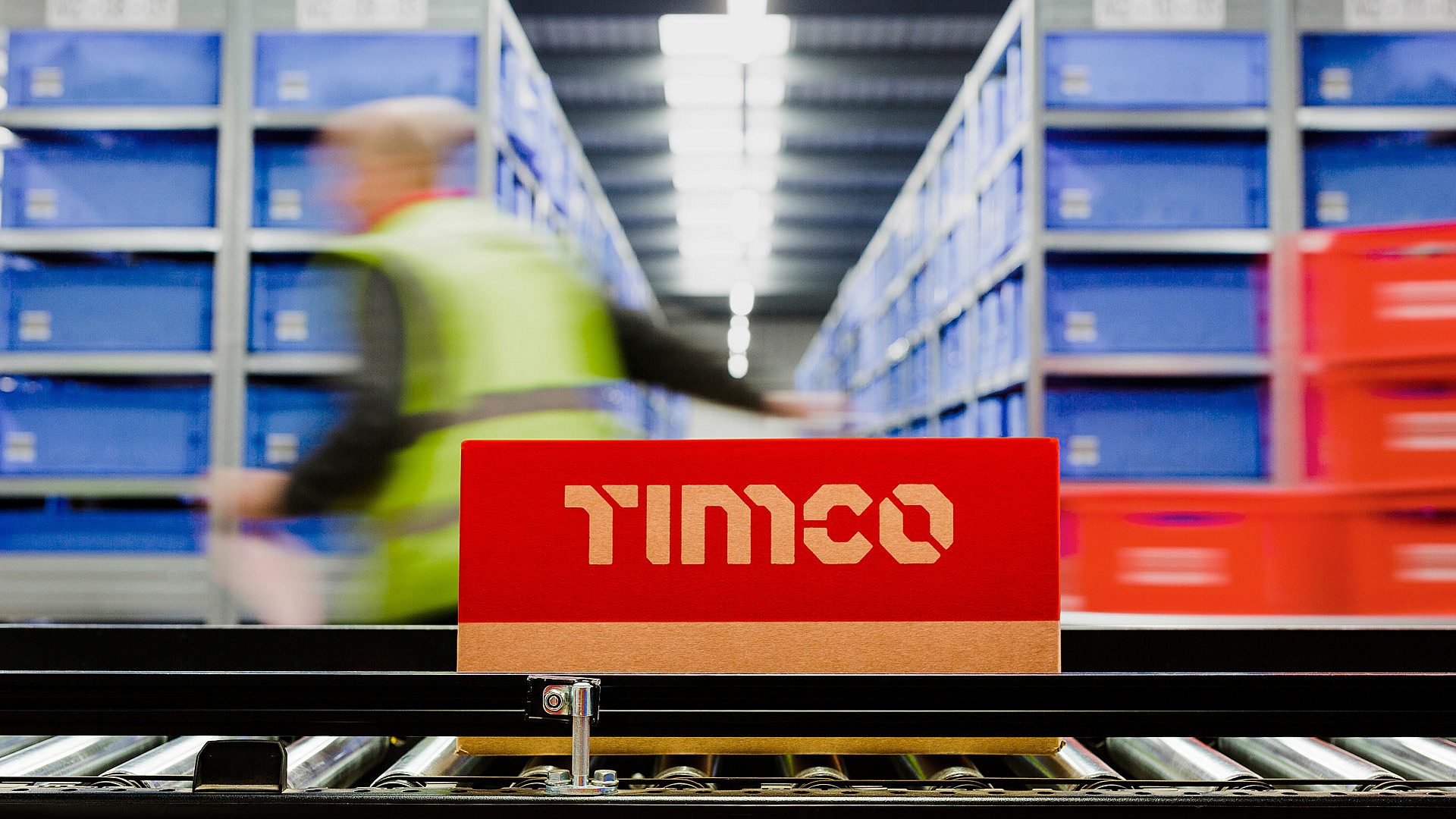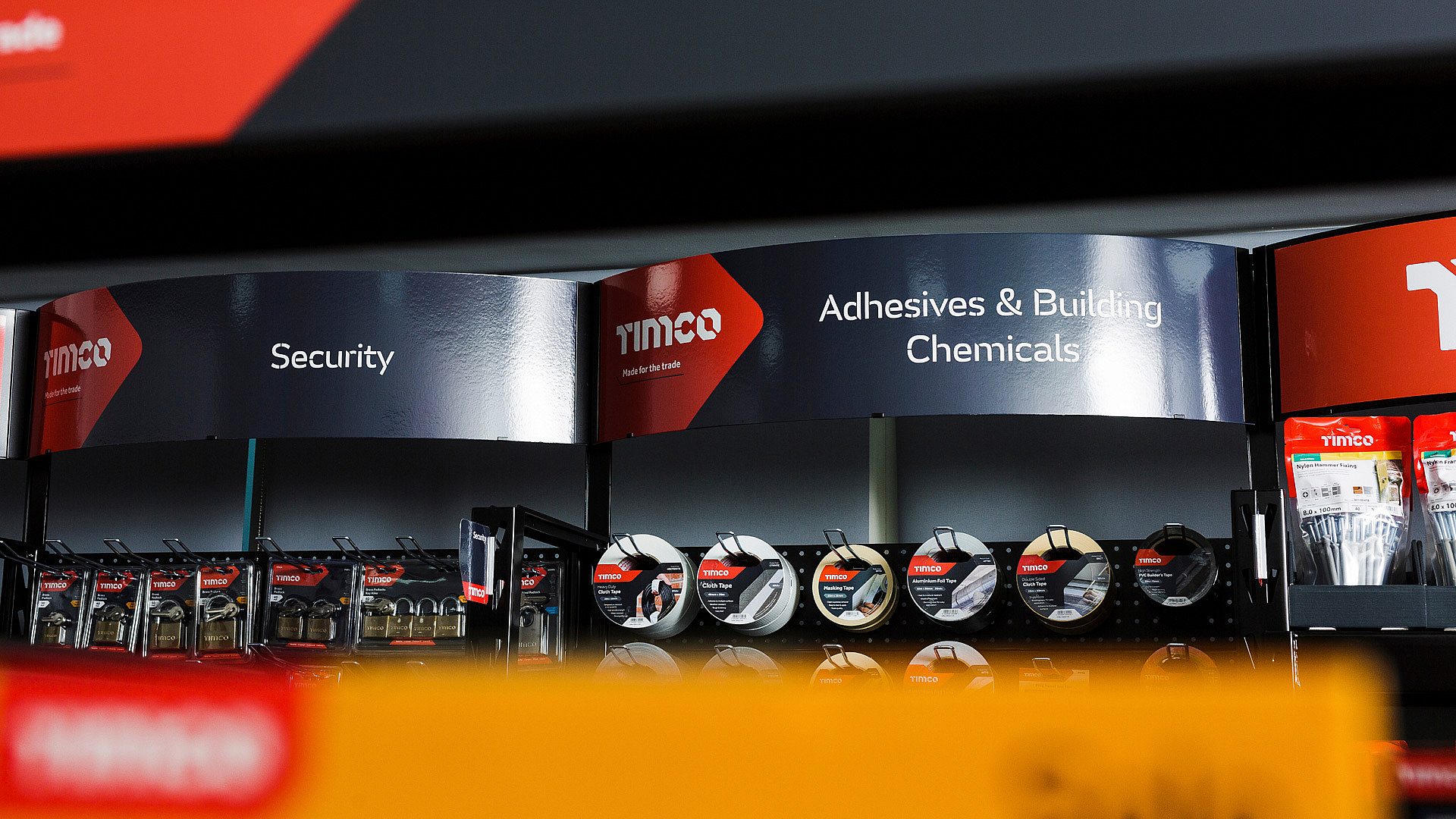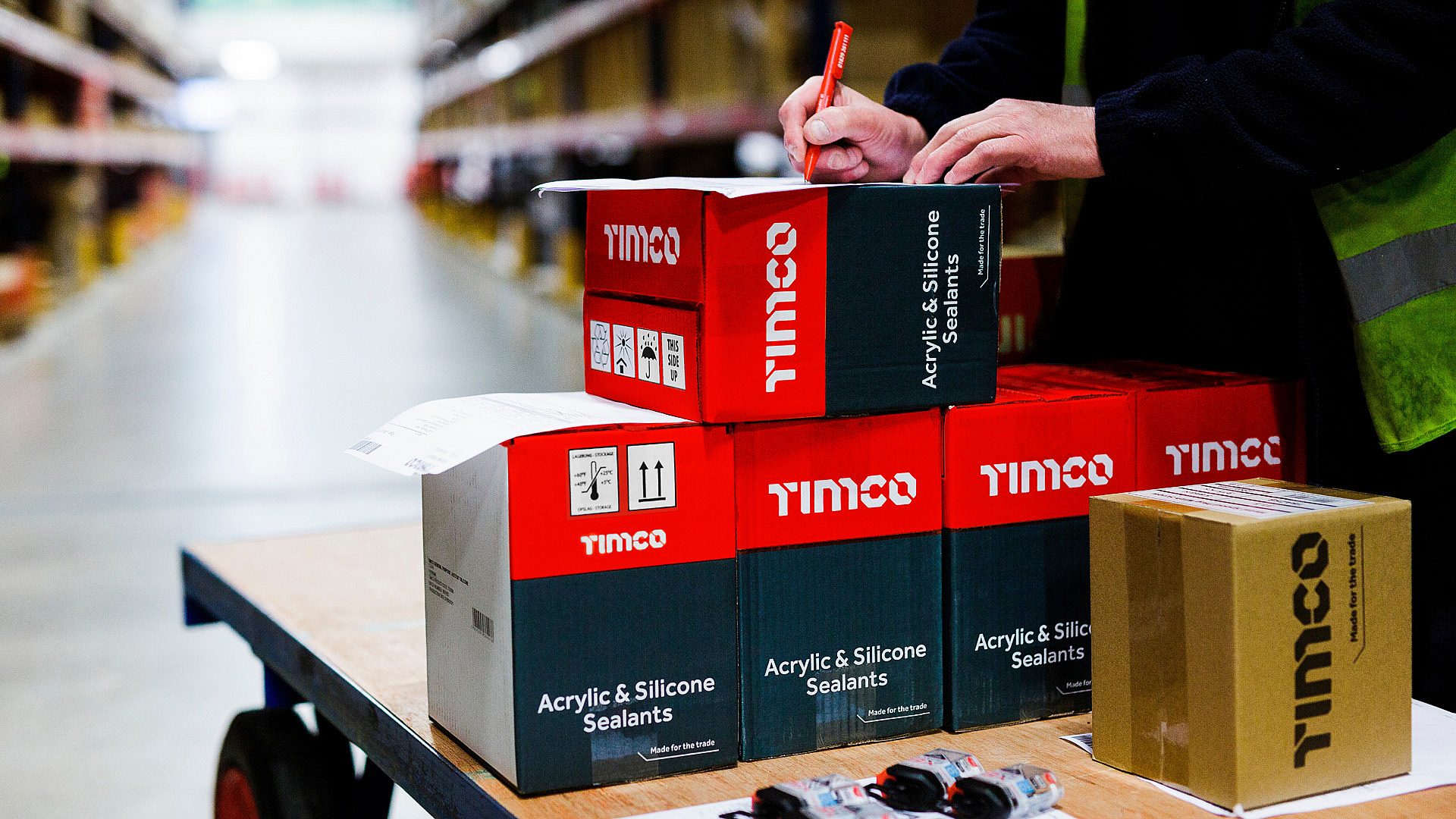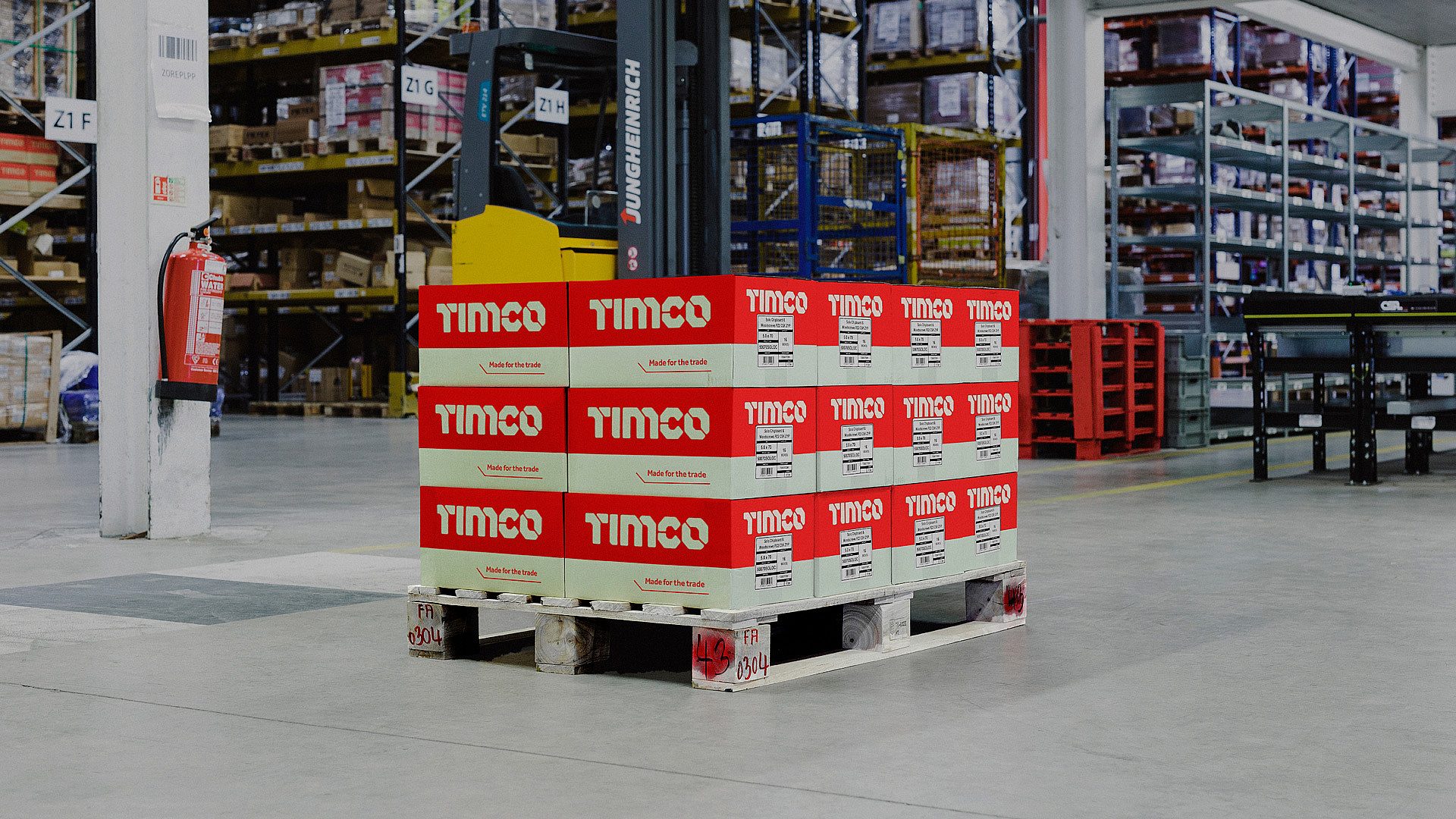TIMCO, a family-owned manufacturer and distributor of trade products to independent UK retailers, was facing increasing competition and pressure to adapt. To support their ambitious growth plans, we were tasked with refining the identities of their diverse product ranges. Our research with professional tradespeople revealed that the TIMCO name had stronger recognition than its sub-brands. We recommended consolidating the various sub-brands under the TIMCO masterbrand, simplifying the brand architecture, and creating a unified, distinctive identity – fulfilling the new brand promise of being ‘Made for the Trade.’
“The repositioning of TIMCO has supported us through an incredible period of growth. True North demonstrated that whilst the TIMCO name was highly-prized by our customers, many of our sub-brands weren’t as well known. It’s refreshing to work with an astute team who understand audiences, trust and the power of brands.”
Charles du Pre, Head of Marketing, TIMCO



